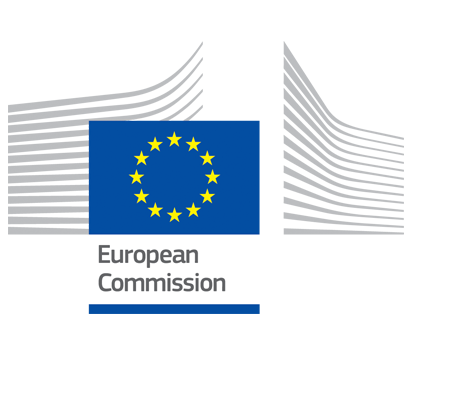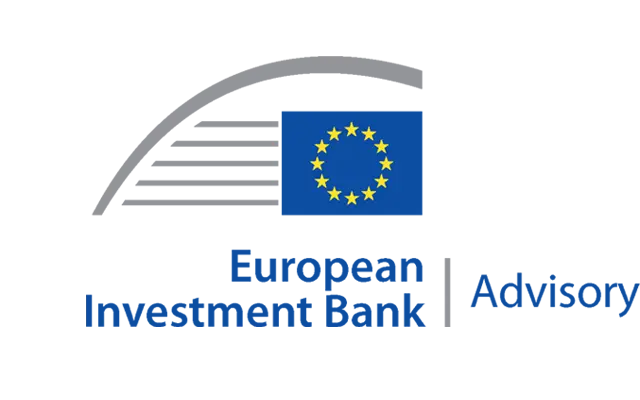Insights from microfinance organisation active in agriculture
The implementation of the Croatian micro and small loans for rural development financial instrument
Statement from the winner of Women Farmers Innovation Award on behalf of COPA-COGECA
- Read more about Statement from the winner of Women Farmers Innovation Award on behalf of COPA-COGECA
The new CAP, financial instruments and smaller farms
Official high-level opening statement – Mihail Dumitru
New European Bauhaus model financial instrument published by fi-compass
New European Bauhaus model financial instrument published by fi-compass
The final version of the model financial instrument developed by the Commission in collaboration with the EIB and fi-compass stakeholders to support the New European Bauhaus projects has been published on the fi-compass website. The formal launch of this model and the recently published fi-compass factsheet
New European Bauhaus territorial development model (NEB TDM) financial instrument
Asylum, Migration and Integration Fund (AMIF) – Financial instruments
Mikrodarlehen - Microloans for entrepreneurs and start-ups in Saxony, Germany
This case study describes a microcredit financial instrument implemented in Saxony, Germany. It provides affordable and tailored financing for microentrepreneurs active in the region, together with soft-support aimed at increasing the technical capacity of the final recipients. The case study shows how ESF can complement local strategies, supporting employment and entrepreneurship with flexible financial products.

